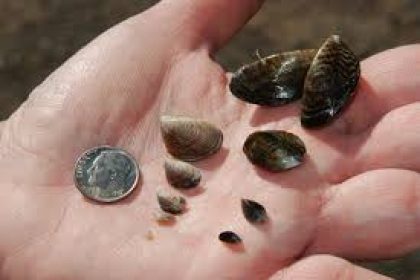
In 2023, invasive quagga mussels were discovered in the Snake River near Twin Falls, Idaho. To stop the spread, officials carried out a large-scale chemical treatment using copper-based products. Two years later, the results show just how much damage these treatments can cause—and how little success they’ve had in eliminating the mussels.
Chemical Treatments: Lethal to More Than Just Mussels
The copper treatment was designed to kill mussels, but it didn’t stop there. Entire populations of aquatic life were hit hard. Native mussels, snails, and insects dropped by as much as 90%. Fish populations took a devastating blow too—most of the local sturgeon were wiped out along with other species.
On top of that, more than 7,000 pounds of copper settled into the riverbed, creating long-term toxicity risks for sediment-dwelling organisms. Instead of targeting only the quagga mussels, the treatment spread lethal effects across nearly the entire food chain.

A Partial Success at a High Cost
Despite the widespread losses, the treatment did not eliminate the mussels. Quagga larvae were still detected in the Snake River a year later, forcing another round of chemical use. Officials report that the infested stretch of river has shrunk in size, but containment is far different from eradication.
For millions of dollars spent—and with ecosystems damaged in the process—the results fall short. Many now see the effort as a failure, because the mussels survived while native species did not.
The Bigger Problem With Aquatic Chemicals
Copper and other aquatic chemicals may be approved for use, but they are far from safe. In a river system, they do not stay neatly in place. They travel downstream, settle into sediments, and continue poisoning life long after the initial treatment ends.
The Idaho case highlights the risks of relying on chemicals as a “quick fix.” They may knock back invasive species temporarily, but they also create lasting harm for native species, water quality, and ecosystem balance.
A Call for Smarter Solutions
Idaho’s quagga mussel response is a cautionary tale. We cannot treat complex waterways like controlled test sites. Before future treatments, agencies must consider alternatives that remove or manage invasive species without poisoning everything else along the way. Smarter strategies—such as mechanical removal, improved monitoring, or long-term prevention—are needed to protect both water quality and aquatic life.
Read More https://www.idahostatesman.com/outdoors/article311507151.html
